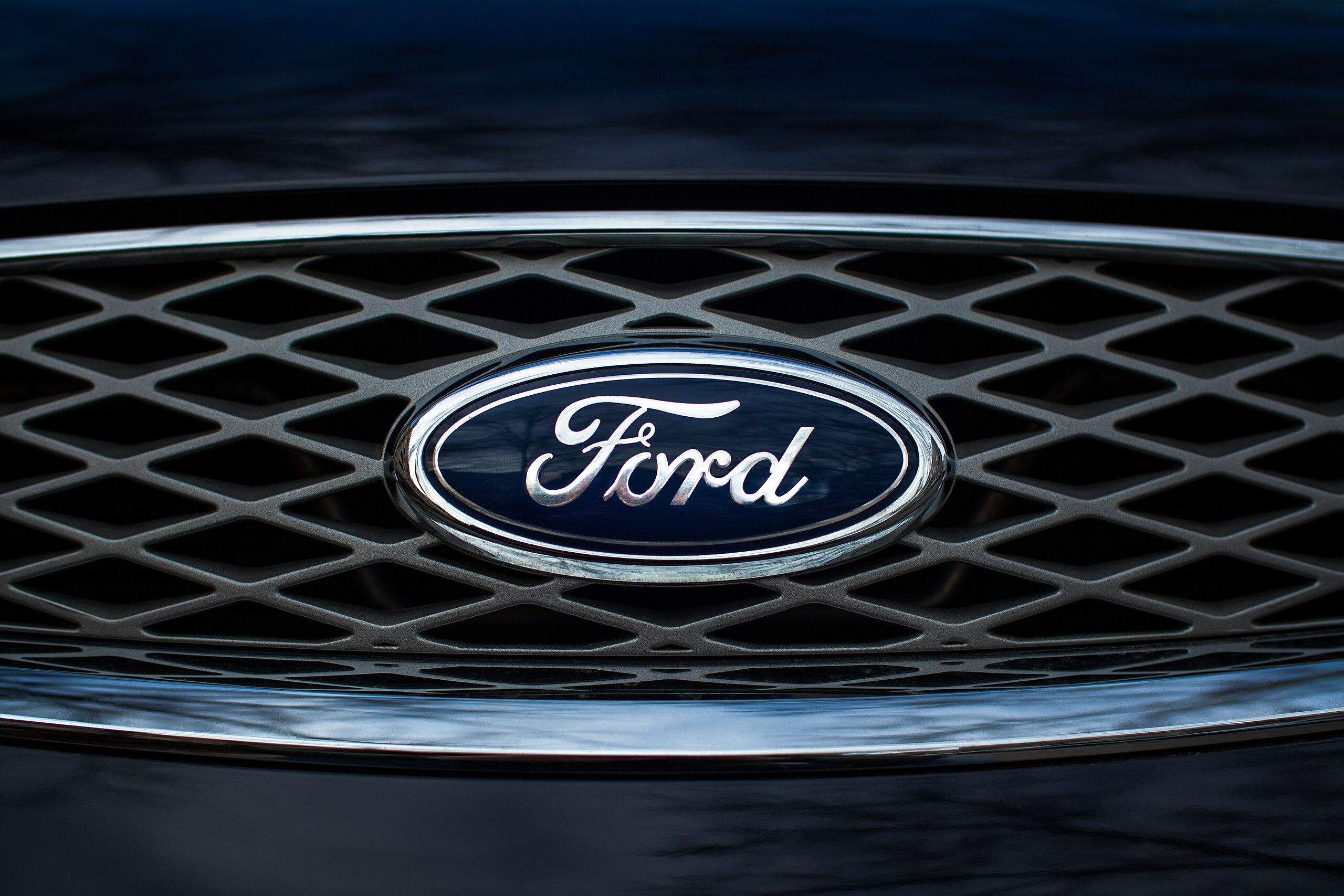Ford discovered their Mustang Mach-E uses 1.6 kilometers more wiring than Tesla’s Model 3—a difference that changes everything.
Dead weight kills performance and profit margins, but Ford CEO Jim Farley didn’t expect to find his company’s electric future buried under a full mile of unnecessary wiring. When Ford engineers tore apart Tesla Model 3s and leading Chinese EVs, the Mustang Mach-E suddenly looked like a relic from the dial-up internet era.
That extra 1.6 kilometers of electrical wiring doesn’t just add weight—it demands bigger batteries, increases complexity, and drives up costs in a market where every dollar matters. According to Carscoops, Farley called the findings “shocking,” the kind of industrial gut punch that forces entire companies to question everything they thought they knew about building electric vehicles.
The Architecture of Embarrassment
Tesla’s streamlined design philosophy exposed Ford’s traditional automotive thinking as fundamentally outdated.
Your smartphone doesn’t need seventeen different processors to work, and Tesla’s Model 3 doesn’t need Ford’s maze of electronic control units either. The teardown revealed more than wiring inefficiencies—it exposed two completely different philosophies about electric vehicle design.
Ford built the Mach-E like a traditional car with electric components bolted on. Tesla engineered an integrated electrical architecture from scratch. Chinese automakers have taken this approach even further, capturing 50% of their domestic market compared to EVs’ measly 10% share in America. Farley warned that Chinese EVs are “far superior” to most Western vehicles, combining technological sophistication with aggressive pricing.
Painful Lessons, Expensive Solutions
Ford created its Model E division and absorbed billions in losses to catch up with competitors who started ahead.
Learning hurts, especially when it costs over $5 billion in losses for Ford’s dedicated EV division. Farley spun out Ford’s electric operations into the Model E unit in 2022, following his philosophy of “taking on the hardest problems as fast as you can, sometimes in public.”
The teardown findings now drive Ford’s development of a $30,000 midsize electric truck for 2027—a direct response to discovering that American buyers want affordable EVs, not $70,000 status symbols. This represents Ford’s acknowledgment that the EV game requires different rules, where traditional automotive advantages mean nothing if your electrical architecture belongs in a museum.
Detroit’s Reckoning
The teardown revealed an industry-wide crisis that could repeat the 1980s Japanese automotive invasion.
You’re witnessing the automotive equivalent of watching Blockbuster executives discover Netflix. Farley’s honest assessment of Ford’s competitive position signals a broader reckoning for American automakers who assumed their legacy advantages would translate to electric vehicles.
The Chinese threat isn’t theoretical—it’s architectural, technological, and existential. Ford’s willingness to publicly acknowledge these gaps might save the company, but only if American consumers don’t mind waiting while Detroit learns lessons that Tesla and Chinese manufacturers figured out years ago.






























